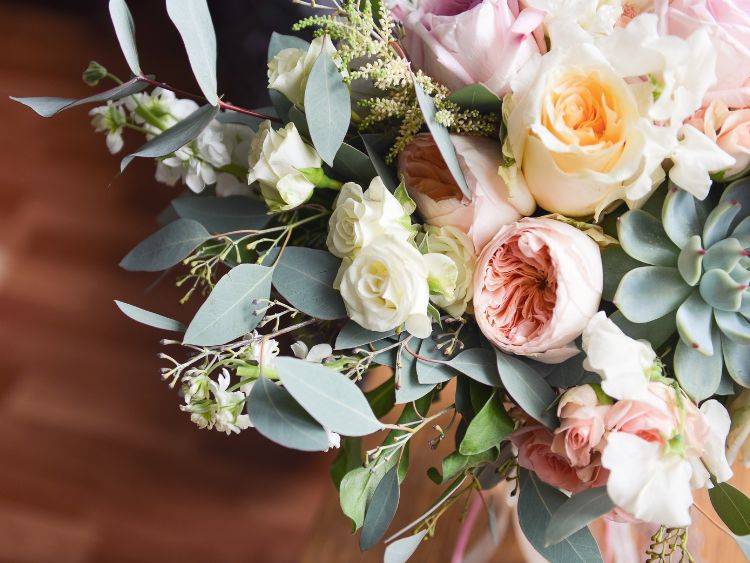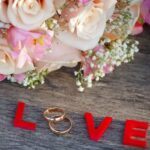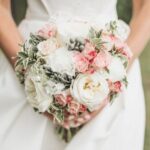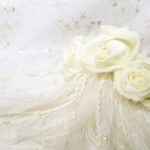Formal Dress Code: The Definitive Guide
Ever wondered why some events have a formal dress code? Whether it’s a black-tie gala, a business meeting, or a fancy wedding, the way you dress speaks volumes. But navigating the world of formal attire can be tricky. What exactly constitutes a formal dress code? And how can you make sure you hit the mark without overdoing it?
In this guide, we’ll break down the essentials of the formal dress code, ensuring you understand what’s expected and how to put together an outfit that impresses. From classic black-tie events to more modern interpretations of formal wear, we’ll cover it all. So, buckle up, and let’s dive into the world of formal dressing!
What Is a Formal Dress Code?
A formal dress code is a set of guidelines that dictate what is considered appropriate attire for a specific event or setting. Typically, this means dressing in a polished, sophisticated manner, often involving suits, ties, evening gowns, or other elegant attire. The key to nailing the formal dress code is to look sharp, put-together, and appropriate for the occasion.
Why Does the Formal Dress Code Matter?
You might wonder, why all the fuss about formal dressing? Well, your attire isn’t just about clothes—it’s about making an impression. Whether you’re attending a wedding, a corporate event, or a high-profile dinner, the way you dress reflects your respect for the occasion and the people around you. A formal dress code ensures everyone is on the same page, creating a cohesive, respectful atmosphere.
Different Types of Formal Dress Codes
Formal dress codes aren’t one-size-fits-all. Depending on the event, you might encounter different types of formal attire requirements. Let’s break down some of the most common ones:
1. Black Tie
Black tie is perhaps the most well-known formal dress code. It’s the epitome of elegance and sophistication. For men, a black tie event means a black tuxedo, a formal white shirt, a black bow tie, and polished black shoes. Women are expected to wear floor-length evening gowns, although chic cocktail dresses can also be acceptable.
Pro Tips:
- Ensure your tuxedo fits perfectly. A tailored fit makes all the difference.
- For women, opting for understated jewelry can enhance the elegance of your gown.
2. White Tie
White tie is the most formal dress code and is typically reserved for the most glamorous events, such as state dinners or royal ceremonies. Men should wear a black tailcoat, matching trousers with a satin stripe, a white wing-collared shirt, a white bow tie, and white or gray gloves. Women should wear full-length ball gowns, often paired with opera-length gloves.
Pro Tips:
- If you’re attending a white-tie event, invest in the finest fabrics. The luxury should be evident in the material.
- Women, consider a classic updo to complement the grandeur of your gown.
3. Black Tie Optional
Black tie optional gives you a little more flexibility, but don’t be fooled—this is still a formal event. Men can opt for a dark suit with a tie instead of a tuxedo, but a tux is still preferable. Women have the choice of a long dress, a formal cocktail dress, or even a chic pantsuit.
Pro Tips:
- Even if the event is “optional,” dressing closer to the black-tie standard is always safe.
- For women, a sophisticated clutch can add a perfect finishing touch to your ensemble.
4. Cocktail Attire
Cocktail attire is a semi-formal dress code that is slightly less formal than black tie but still requires you to dress up. Men should wear a dark suit with a tie, while women can choose a cocktail dress or a dressy skirt and top.
Pro Tips:
- Keep accessories elegant yet minimal. Statement pieces can work if they’re tasteful.
- For men, ensure your suit is well-fitted and your shoes are polished to perfection.
5. Business Formal
Business formal is often required for corporate events and important business meetings. Men should wear a dark suit, a conservative tie, and dress shoes. Women should opt for a tailored dress, a skirt suit, or a pantsuit, often paired with closed-toe heels.
Pro Tips:
- Stick to neutral colors like navy, black, or gray for a professional look.
- Women should choose simple, elegant jewelry that doesn’t distract from their outfit.
How to Choose the Right Formal Attire
Choosing the right formal attire can be daunting, but it doesn’t have to be. Here’s a simple process to help you decide:
- Understand the Event: First, consider the occasion. Is it a wedding, a corporate event, or a formal gala? The type of event will largely dictate the level of formality required.
- Consider the Venue: The venue can also influence your attire. A formal event at a five-star hotel calls for more traditional formal wear, while a formal event in a more modern setting might allow for a contemporary twist.
- Check the Invitation: If the invitation specifies a dress code, follow it to the letter. If not, consider reaching out to the host for clarification.
- Choose Quality: For formal events, it’s worth investing in high-quality fabrics and well-tailored pieces. The fit and fabric of your attire can elevate your look significantly.
- Accessorize Wisely: Accessories can make or break your formal outfit. Keep them elegant and understated to complement, not overshadow, your attire.
Formal Dress Code Etiquette
When dressing formally, it’s not just about the clothes—it’s about how you carry yourself. Here are some etiquette tips to keep in mind:
- Punctuality Matters: Arriving on time is part of showing respect for the event and its hosts.
- Grooming Is Key: Ensure your hair, nails, and overall grooming are impeccable. It’s these details that complete a polished look.
- Confidence Is Everything: Wear your formal attire with confidence. When you feel good in your clothes, it shows.
Common Formal Dress Code Mistakes
Even with the best intentions, it’s easy to slip up when navigating a formal dress code. Here are some common mistakes and how to avoid them:
1. Underdressing
One of the biggest faux pas is underdressing for a formal event. It’s always better to be slightly overdressed than to show up looking too casual.
2. Ignoring Fit
No matter how expensive or stylish your outfit is, if it doesn’t fit well, it won’t look good. Always opt for tailored pieces.
3. Overdoing Accessories
While accessories can enhance your outfit, too much bling can detract from your overall look. Keep it simple and elegant.
4. Choosing Inappropriate Footwear
Your shoes should match the formality of your outfit. Avoid casual shoes like loafers or sandals and opt for polished dress shoes or elegant heels.
FAQs About Formal Dress Codes
1. What’s the difference between black tie and white tie?
Black tie is slightly less formal than white tie. Black tie events require a tuxedo for men and a long evening gown for women. White tie is the most formal dress code, with men wearing a tailcoat and women in full-length ball gowns.
2. Can I wear a suit to a black-tie event?
While a suit is acceptable for a black-tie optional event, it’s not appropriate for a strict black-tie event. For black tie, a tuxedo is the standard.
3. Are cocktail dresses appropriate for formal events?
Cocktail dresses are suitable for semi-formal events or when the dress code is black-tie optional. For stricter formal events, a long evening gown is usually expected.
4. What colors are best for formal attire?
Classic colors like black, navy, and deep jewel tones are always a safe bet for formal events. They exude elegance and sophistication.
5. Can women wear pants to a formal event?
Yes, women can wear tailored pantsuits to formal events, especially when the dress code is business formal or black-tie optional.
Conclusion
Navigating the formal dress code doesn’t have to be intimidating. By understanding the different types of formal attire and paying attention to details like fit and accessories, you can put together an outfit that not only meets the dress code but also makes you feel confident and stylish.
Remember, the key to nailing any formal dress code is preparation. Plan your outfit in advance, ensure everything fits well, and don’t forget the importance of grooming and etiquette. When you’re dressed appropriately for the occasion, you’ll not only look the part—you’ll feel it too.
For more insights on formal dress codes and where to shop for the best formal attire, check out these resources:
- https://www.blacktieguide.com/
- https://www.gentlemansgazette.com/formal-dress-code-guide/
- https://www.brides.com/formal-dress-code-5180469
With this guide, you’re now ready to tackle any formal event with confidence. Happy dressing!





